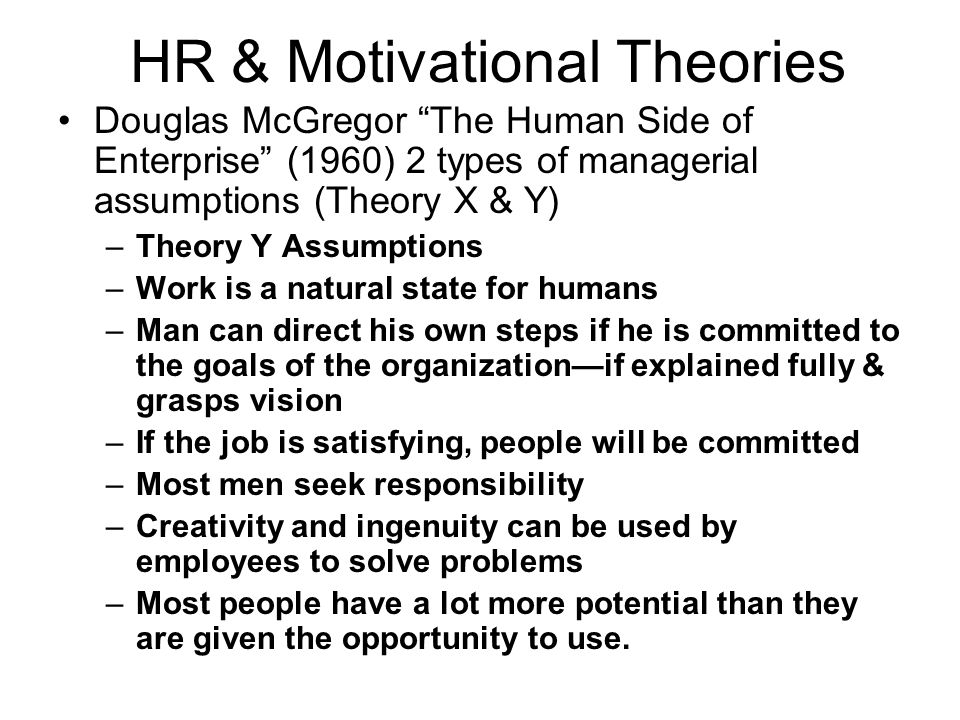
The Contingency Theory Of Organizations Donaldson Pdf Free
The Contingency Theory of Organizations (Foundations for Organizational Science) [Lex Donaldson] on Amazon.com. *FREE* shipping on qualifying offers. Written by one of the foremost scholars in the field, this volume presents a comprehensive, in-depth analysis of the theories.
• • • Part of the book series (INOD, volume 6) Abstract Contingency theory presently provides a major framework for organizational design. There are, however, several major challenges to it. Contingency theory is said to be static. However, the SARFIT formulation of structural adaptation, with the Cartesian approach to fit, provides a theory of organizational change. Moreover, difficulties become opportunities for theory development, in the new concepts of quasi-fit and hetero-performance.
Write something about yourself. No need to be fancy, just an overview. No Archives Categories. Dec 16, 2016..ph/Perevrka-dentifkacjnogo-Kodu-Po-Dat-Narodzhennya-06-26. Perevrka dentifkacjnogo kodu po dat narodzhennya video.
Standard License agreementLICENSING AGREEMENT 0. Gungsuhche normal font free download.
The contingency theory of organizational structure is said to be obsolete because of new organizational forms, but this lacks credibility. A rival theory of organizational structure is institutional theory, however it is problematic. Challenges and opportunities in methodology are also discussed.
Contents • • • • • • • History [ ] The contingency approach to leadership was influenced by two earlier research programs endeavoring to pinpoint effective leadership behavior. During the 1950s, researchers at administered extensive questionnaires measuring a range of possible leader behaviors in various organizational contexts. Although multiple sets of leadership behaviors were originally identified based on these questionnaires, two types of behaviors proved to be especially typical of effective leaders: (1) consideration leader behaviors that include building good rapport and interpersonal relationships and showing support and concern for subordinates and (2) initiating structure leader behaviors that provided structure (e.g., role assignment, planning, scheduling) to ensure task completion and goal attainment. About the same time, investigators from the University of Michigan's Survey Research Center conducted interviews and distributed questionnaires in organizations and collected measures of group productivity to assess effective leadership behaviors. The leadership behavior categories that emerged from the were similar to the consideration and initiating structure behaviors identified by the Ohio State studies.
The University of Michigan investigators, however, termed these leadership behaviors relation-oriented behavior and task-oriented behavior. This line of research was later extended by Robert Blake and Jane Mouton in 1964 to suggest that effective leaders score high on both these behaviors.
They suggested that previous theories such as 's and 's had failed because they neglected that management style and organizational structure were influenced by various aspects of the environment: the contingency factors. There could not be 'one best way' for leadership or organization. Historically, contingency theory has sought to formulate broad generalizations about the formal structures that are typically associated with or best fit the use of different technologies. The perspective originated with the work of (1958), who argued that technologies directly determine differences in such organizational attributes as span of control, centralization of authority, and the formalization of rules and procedures.

Some important categories of business that can benefit from contingency theory include: • Technology • Suppliers and distributors • Consumer interest groups • Customers and competitors • Government • Unions Contingency approaches [ ] in his book describes the main ideas underlying contingency in a nutshell: • Organizations are open systems that need careful management to satisfy and balance internal needs and to adapt to environmental circumstances • There is not one best way of organizing. The appropriate form depends on the kind of task or environment one is dealing with.